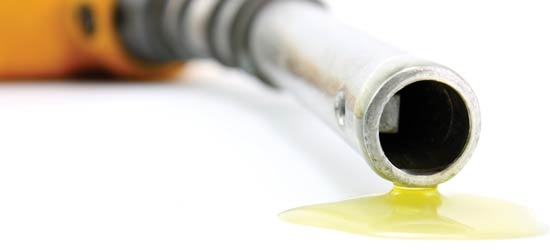
The legislation has been introduced on the back of figures which show that low aromatic fuel is reducing petrol sniffing by more than 70% and up to 90% in some areas. The new legislation, the Low Aromatic Fuel Act 2013 became law on 14 February and will regulate the use of regular unleaded petrol in certain areas of Australia.
The Australian Government’s Petrol Sniffing Prevention Program has been supporting the roll out of low aromatic fuel, such as Opal fuel, since 2005, and 127 sites currently receive low aromatic fuel across rural and remote Australia.
However the success of the program depends on restricting access to regular unleaded petrol on a regional basis, Minister for Indigenous Health Warren Snowdon says.
“Unfortunately, there are some sites that have refused to take part in the voluntary program, and their refusal undermines the efforts and impact of participating sites in nearby regions,” the Minister says.
One of the difficulties under the voluntary implementation of low aromatics has been resistance from fuel suppliers to stocking the fuel, which is subsidised by the government. Under the new law it is an offence to supply regular unleaded petrol in a low aromatic fuel area, and to transport and possess regular unleaded petrol for supply in a low aromatic fuel area.
The reaction to the Act has been mixed, however drug and alcohol counsellors have welcomed the new laws.
Coober Pedy drug and alcohol counsellor George Laslett spoke to ABC News recently saying the legislation is an important step.
“You’ve just got to see the pictures of people with their little tins strapped around their noses, and there are devastating impacts both psychologically and physiologically leading into tragedy and self-harm,” he said.
“If this can stop that happening, and to have a comprehensive approach, that can only be of benefit.”
Under the Act, the Minister can only designate an area as a low aromatic fuel area after consultation with the community and if the Minister is satisfied that doing so is reasonably likely to help reduce potential harm from sniffing fuel.
Impacts of petrol
sniffing
In the past under voluntary roll out of low aromatic fuels, Elders and members of the community have both requested and welcomed low aromatic fuel in their communities, given the short and long term effects of petrol sniffing.
Petrol is made from crude oil and contains a mix of volatile, toxic hydrocarbons. Tetraethyl lead is commonly added to petrol during processing. When people sniff petrol they are inhaling the petrol fumes in order to become high. The immediate effects are:
• Feeling high or happy
• Dizziness
• Numbness and feeling light
• A feeling of being disconnected from your surroundings.
Hallucinations, muscle weakness, slurred speech, impaired judgement, nausea, coughing and sneezing can follow these immediate effects.
The effects are experienced within a few minutes and only last for a short time, usually less than an hour.
Long-term affects are potentially life threatening, ranging from pneumonia, asphyxiation, burns, coma, seizures, malnutrition, permanent brain damage and sudden deaths.
Like any illicit drug, petrol sniffing also has social impacts for the sniffer and their family. Long-term petrol sniffers often become isolated and withdrawn from their families and community.
Comments are closed.